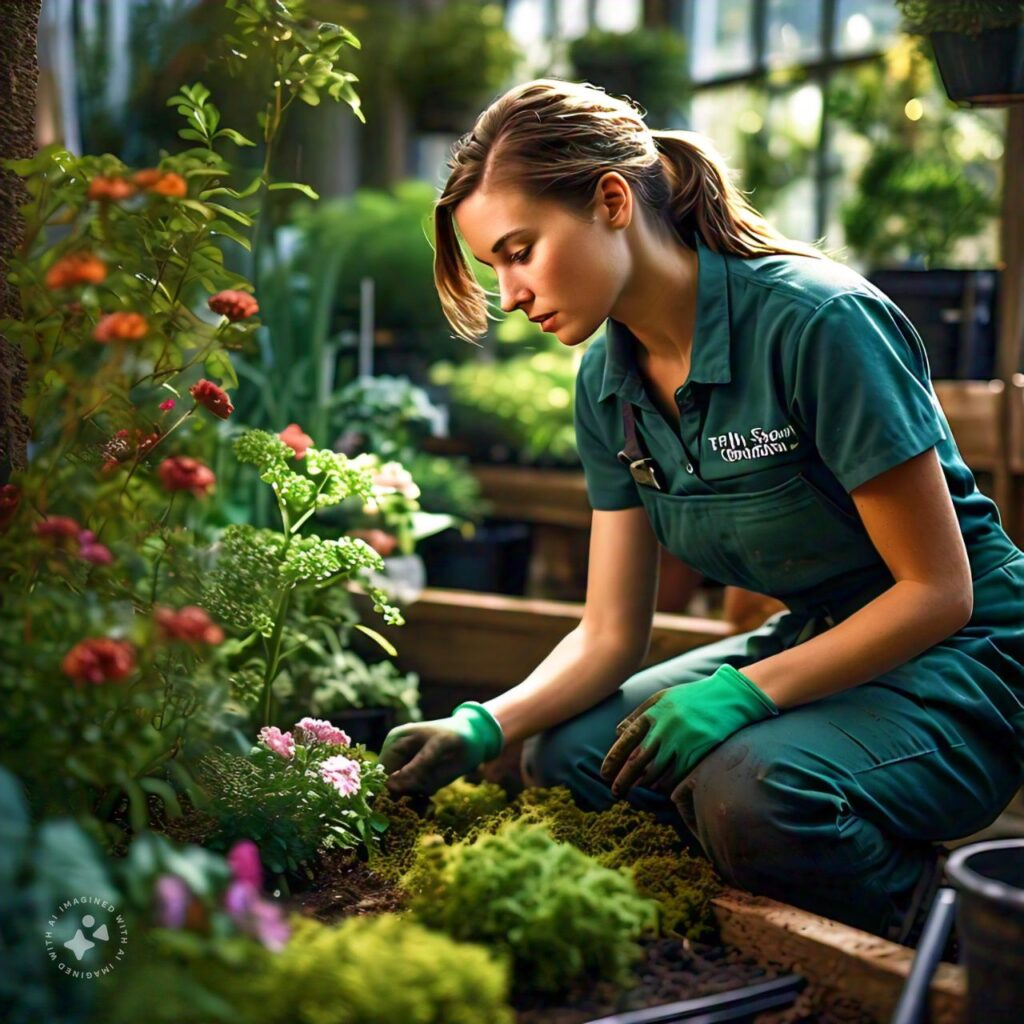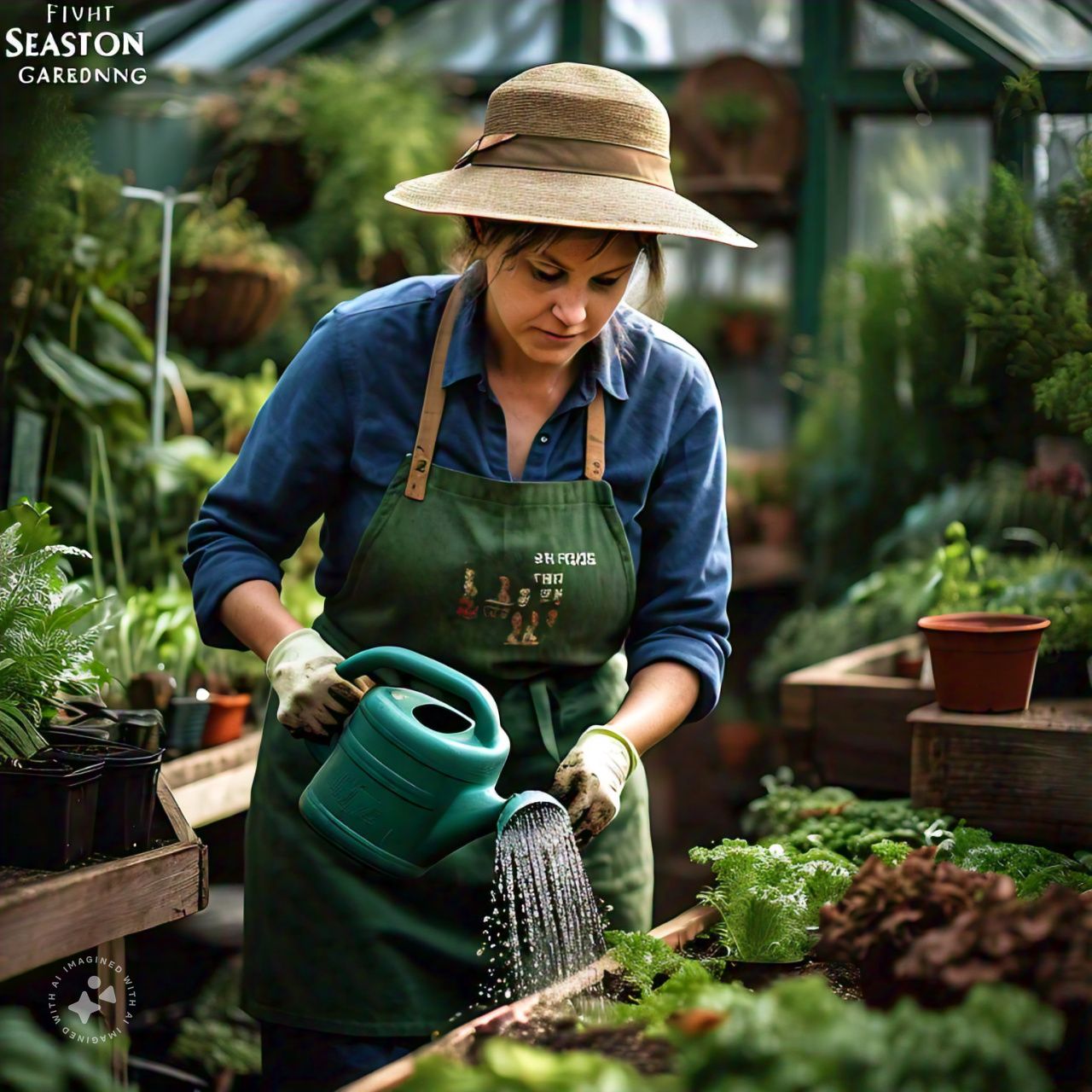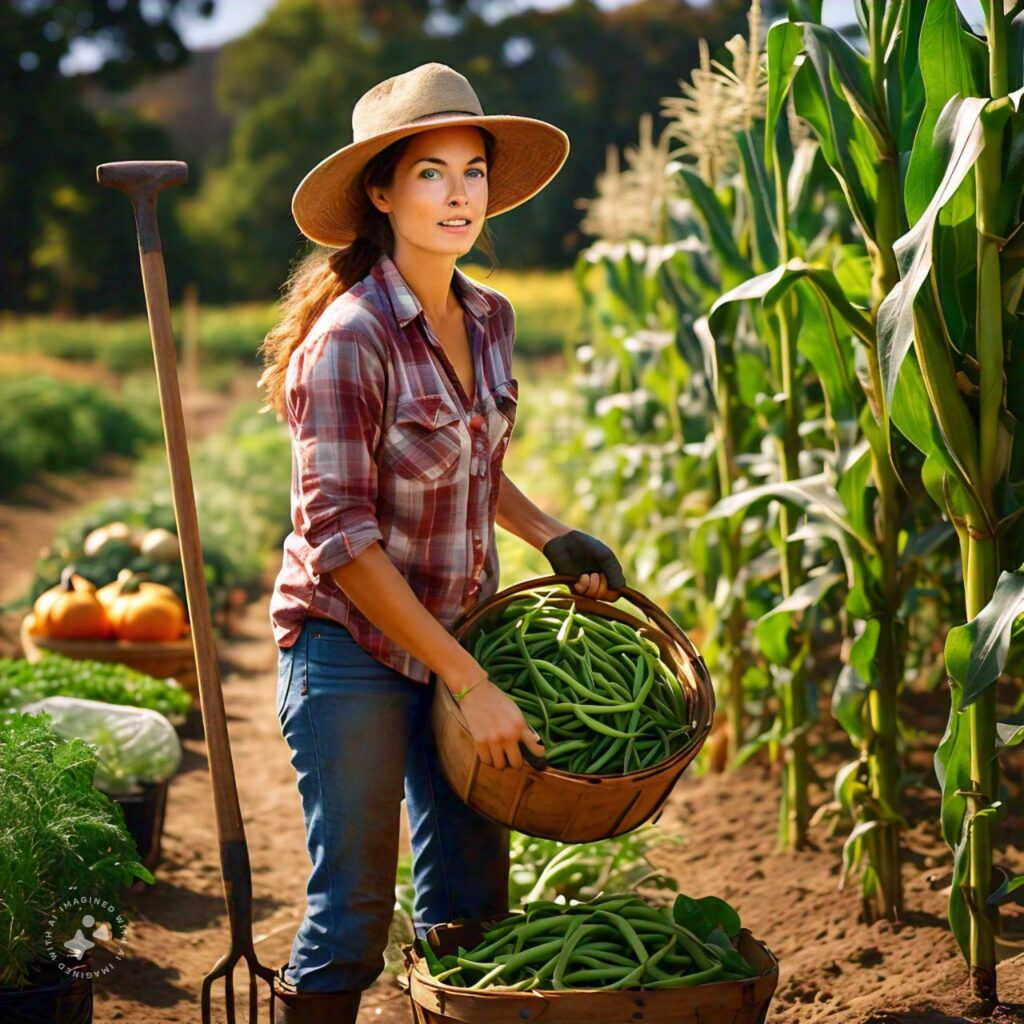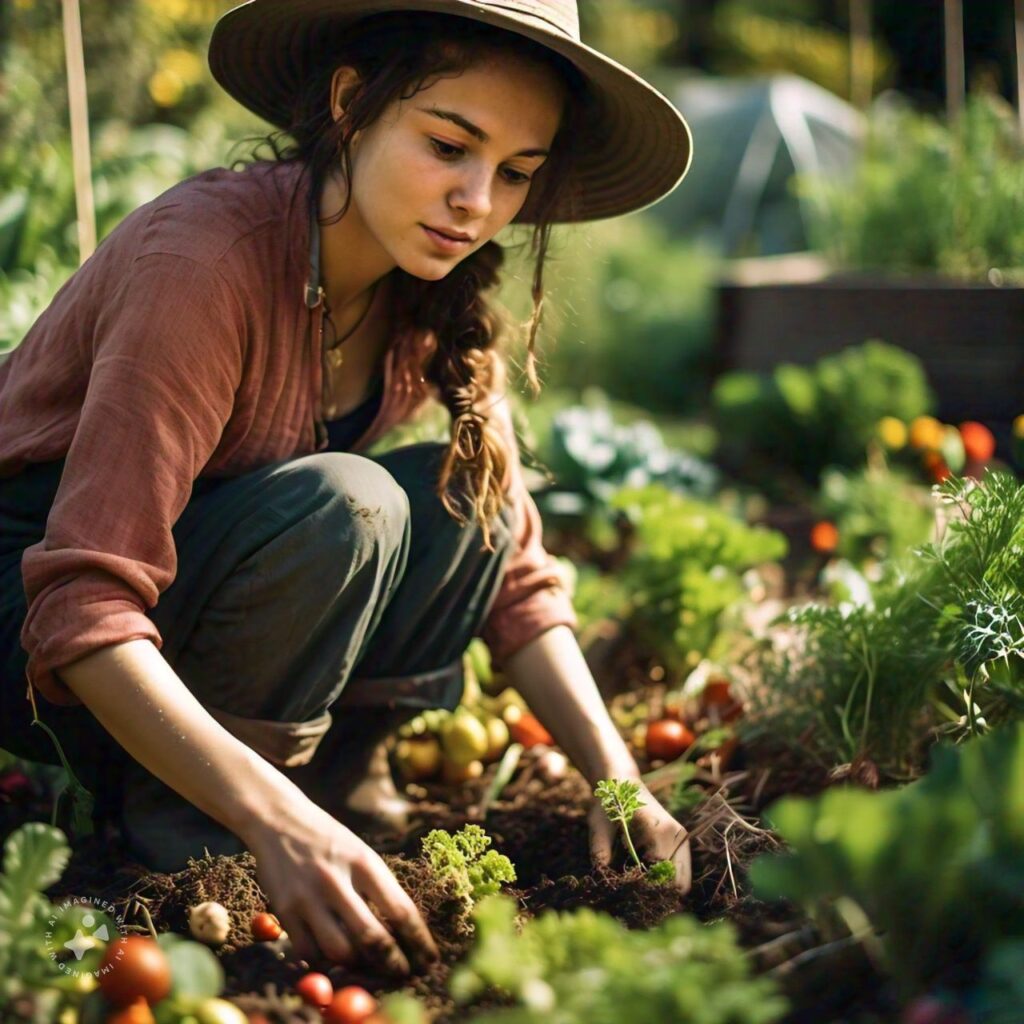Gardening is a timeless practice that has evolved over centuries. As our understanding of horticulture deepens, we discover new ways to extend growing seasons, improve yields, and cultivate a wider variety of plants. One such advancement is the concept of the “fifth season” in gardening—a period beyond the traditional four seasons that allows gardeners to grow plants year-round. In this comprehensive guide, we will explore the fifth season gardening concept, its benefits, and how you can implement it in your own garden.
Understanding Fifth Season Gardening
The idea of a fifth season in gardening is centered around maximizing the growing period by creating an environment where plants can thrive despite external climatic conditions. This practice is especially beneficial in regions with harsh winters or extreme summer heat, where traditional gardening is limited to specific times of the year. By extending the growing season, gardeners can enjoy fresh produce and vibrant blooms year-round.
Fifth season gardening typically involves the use of greenhouses, cold frames, high tunnels, and indoor gardening techniques. These structures and methods help create a controlled environment, shielding plants from the elements while providing them with the necessary light, warmth, and moisture to grow.

Benefits of Fifth Season Gardening
Extended Harvest Period
One of the most significant advantages of fifth season gardening is the ability to extend the harvest period. With a controlled environment, you can grow crops that would typically be out of season, ensuring a continuous supply of fresh produce. This is particularly valuable for vegetable gardeners who wish to enjoy homegrown produce throughout the year.
Diverse Plant Selection
By embracing fifth season gardening, you open up possibilities to grow a wider variety of plants. Many plants that are sensitive to frost or require specific temperature ranges can be successfully cultivated in a controlled environment. This allows gardeners to experiment with exotic plants, extend the growing period for seasonal flowers, or cultivate plants that would otherwise not survive in their local climate.
Improved Plant Health
Creating a controlled environment helps reduce the stress on plants caused by extreme weather conditions. By shielding plants from excessive cold, heat, or wind, fifth season gardening minimizes the risk of plant damage and disease. This results in healthier, more robust plants that are better equipped to resist pests and produce higher yields.
Techniques for Successful Fifth Season Gardening
Greenhouses
Greenhouses are the cornerstone of fifth season gardening. These structures provide a warm, sheltered environment that allows plants to thrive even in the coldest months. When designing or selecting a greenhouse, consider factors such as size, ventilation, insulation, and light transmission. A well-maintained greenhouse can be used year-round to grow a wide variety of crops, from leafy greens to tropical fruits.
Cold Frames and High Tunnels
Cold frames and high tunnels are more cost-effective alternatives to greenhouses. So, these cold frames are small, enclosed structures that trap heat from the sun. So, this will creates a microclimate that is a few degrees warmer than the outside environment. They are ideal for starting seedlings or protecting tender plants during early spring or late fall.
High tunnels, also known as hoop houses, are larger structures that can cover entire garden beds. They provide protection from frost and wind while allowing sunlight to penetrate. High tunnels are particularly useful for extending the growing season for cool-season crops such as lettuce, spinach, and carrots.
Indoor Gardening
Indoor gardening is another effective way to practice fifth season gardening, especially for those with limited outdoor space. By growing plants indoors, you can maintain complete control over the growing environment, from temperature and humidity to light exposure. Grow lights, hydroponic systems, and container gardening are popular methods for indoor cultivation.
Season Extension Techniques
In addition to structures like greenhouses and cold frames, several other techniques can be employing to extend the growing season. Mulching is an effective way to retain soil warmth and moisture, protecting roots from frost. Row covers and frost blankets can be used to shield plants from cold temperatures, allowing them to continue growing even when the weather outside is less than ideal.

Choosing the Right Plants for Fifth Season Gardening
Not all plants are suitable for year-round cultivation, so it’s important to choose the right varieties for fifth season gardening. Cool-season crops like kale, broccoli, cabbage, and spinach are well-suited for growth in cooler temperatures and can thrive in a greenhouse or cold frame environment. Herbs such as parsley, cilantro, and thyme also do well in controlled environments.
For indoor gardening, consider plants that are compact and require less light, such as lettuce, microgreens, and indoor herbs. Tropical plants like orchids and citrus trees can also be grown indoors, provided they receive adequate light and humidity.
Maintaining Your Fifth Season Garden
Successful fifth season gardening requires ongoing maintenance to ensure that plants remain healthy and productive. Regularly monitor the temperature and humidity levels in your greenhouse, cold frame, or indoor garden to ensure they stay within the optimal range for your plants. Proper ventilation is also crucial, as it helps prevent the buildup of excess moisture, which can lead to mold and mildew.
Watering is another critical aspect of maintenance. Plants in a controlled environment may require more frequent watering, especially during the winter months when the air tends to be drier. Be mindful of the watering needs of different plants and adjust your routine accordingly.
Pest Management
Even in a controlled environment, pests can be a concern. Regularly inspect your plants for signs of pests such as aphids, whiteflies, and spider mites. Implementing natural pest control methods, such as introducing beneficial insects or using organic insecticidal soap, can help keep pest populations in check without harming your plants.
Conclusion
Fifth season gardening offers a wealth of opportunities for gardeners to extend their growing season, cultivate a diverse range of plants, and enjoy fresh produce year-round. By implementing techniques such as using greenhouses, cold frames, and indoor gardening, you can create a controlled environment that allows your plants to thrive no matter the season. With careful planning and ongoing maintenance, your fifth season garden can become a year-round source of beauty and nourishment.
Extend your gardening season year-round with our guide to fifth season gardening. Learn techniques for successful, diverse, and healthy plant growth.



